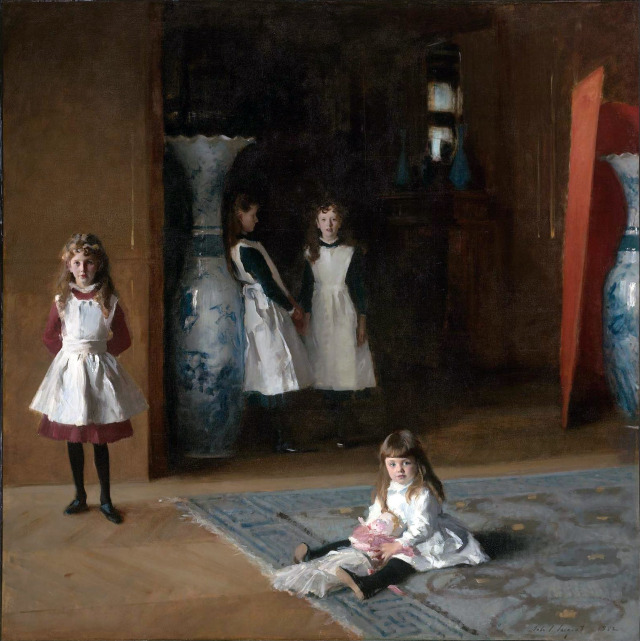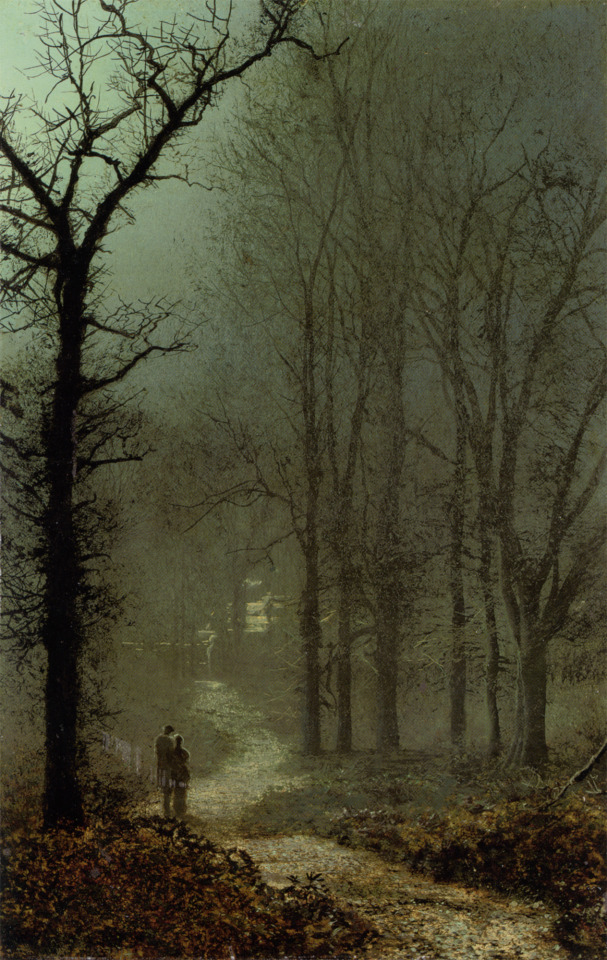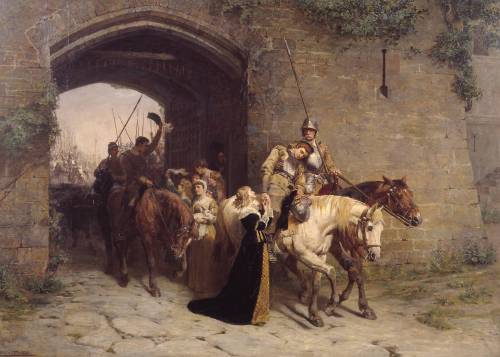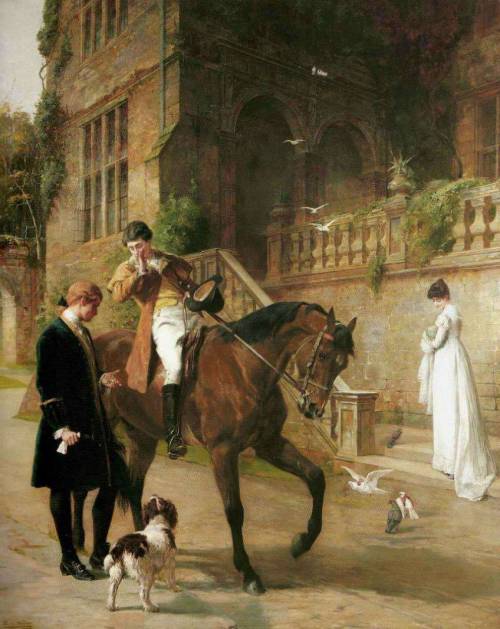#victorianart

One of my early inspirations for becoming a taxidermist was the Victorian era obsession with the art. This piece was created by me a few years ago as an homage to that era.
Victorian taxidermy is said to have been stemmed from a newfound interest in the natural world from the emerging middle class. This new middle class now had time & expendable income to collect and even create ‘parlor art’ ; taxidermy, wax flowers, shell collections, fossil collections and more.
They began collections known as ‘Cabinets of Curiosity’ inspired by their newfound ability to travel and visit museums. In fact, before the Victorian era, museums were closed spaces only accessible to members of the aristocracy, academia and other privileged classes.
Today, while museums and education are considered open to all, we must remember there is still privilege in getting access. We all have to do our part to support programs for the underprivileged and also minorities in STEM. Science and education is for everyone!
Ruskin’s Kingfisher

Who else has been on the lookout for birds this spring?
What have you seen around Oxford, or wherever you are in the world? Has anyone been lucky enough to spot a Kingfisher?
This bright, detailed study of a Kingfisher is by Victorian artist and art critic John Ruskin c. 1871. It’s painted in watercolour and body-colour over graphite on wove paper.

A Sonata of Beethoven (1901) by Alfred Edward Emslie (English, 1848-1918). Guildhall Art Gallery.

Girl On A Coastal Path (1893) by Edmund Blair Leighton (English, 1853-1922).




Birds as painted by artist Magnus von Wright (Swedish-Finnish, 1805–1868).


Daughters of Edward Darley Boit (1882) by John Singer Sargent (American, 1856 - 1925). Four-year-old Julia, sits on the floor, eight-year-old Mary Louisa stands on the left, Jane, aged twelve, and Florence, fourteen, stand in the background.
The family donated the painting - and later the vases - to the gallery.

Blue Morpho Butterfly (1865) by Martin Johnson Heade (American, 1819 - 1904).

A Mermaid (1901) by John William Waterhouse (English, 1849–1917). From an Alfred Tennyson poem.

A Fish Sale on a Cornish Beach (1884-5) by Stanhope Alexander Forbes (1857–1947). Plymouth Art Gallery. The lug sails of the Newlyn fishing boats can be seen out on the water.

A Decadent Girl (1899) by Ramón Casas (Spanish, 1866-1932). I can identify with that mood!
Athlete Wrestling with a Python (first cast in 1877) by Frederic Leighton (English, 1830-1896). Walker Art Gallery, Liverpool (UK).
Very influential piece at the time. Likely inspired by Apollo slaying the Python of Delphi. The Python was one of the most fearsome creatures in Greek mythology, a serpent who lived in the centre of the earth near Delphi.

Lovers in a Wood (1873) by John Atkinson Grimshaw (English, 1836 - 1893).

Flora (1894) by Evelyn De Morgan (English, 1855-1919). De Morgan Centre.

Love and the Pilgrim (1897) by Edward Burne-Jones (1833-1898).
Entre la richesse et l'amour [Between wealth and love] (1869) by William-Adolphe Bouguereau (1825-1905)
Post link
FOUR WORKS: Success (1881), Courtship (1901), Sweethearts and Wives (1882), The Challenge (1887) - all by Samuel Edward Waller (English, 1850-1903). Bit of a puzzle understanding what exactly is being depicted in these - so let the viewer decide!
Post link

![Entre la richesse et l'amour [Between wealth and love] (1869) by William-Adolphe Bouguereau (1825-19 Entre la richesse et l'amour [Between wealth and love] (1869) by William-Adolphe Bouguereau (1825-19](https://64.media.tumblr.com/b07d80ea4c9ae39c65486ae09f6c3c9d/1177ae6486f85a6d-75/s500x750/cd80811418a23b1eed17ad767a6707771764b648.jpg)



